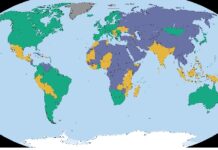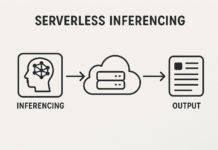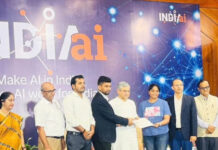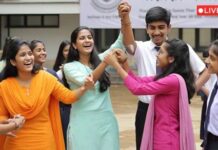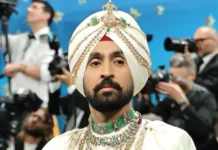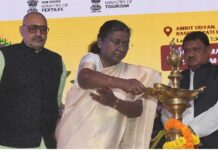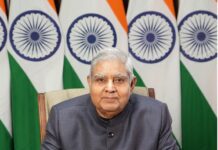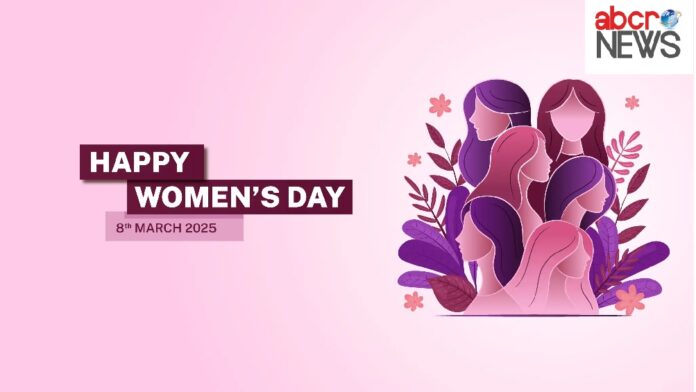International Women’s Day (IWD), celebrated annually on March 8, is a global event honoring the social, economic, cultural, and political achievements of women. The theme for IWD 2025 is “For ALL Women and Girls: Rights. Equality. Empowerment.” This theme emphasizes the necessity of providing equal rights, power, and opportunities to all women and girls, fostering an inclusive future where no one is left behind.
The year 2025 also marks the 30th anniversary of the Beijing Declaration and Platform for Action, adopted in 1995 as a progressive blueprint for women’s and girls’ rights worldwide. This landmark document has significantly influenced legal protections, access to services, youth engagement, and the transformation of societal norms regarding gender equality.
India’s Commitment to Women’s Empowerment
In alignment with the global movement, India has been proactively working towards women’s empowerment through various policies, schemes, and legislative measures. The nation is transitioning from women’s development to women-led development, ensuring women’s equal participation in national progress. Women in India are breaking barriers across sectors, including education, health, digital inclusion, and leadership roles.
Educational Initiatives
Education serves as the cornerstone of women’s empowerment and economic independence. India has implemented several initiatives to ensure girls have equal access to quality education:
- Right to Free and Compulsory Education Act, 2009: Ensures that all children have access to schooling.
- Beti Bachao Beti Padhao (BBBP): Focuses on improving the child sex ratio and promoting girls’ education.
- Samagra Shiksha Abhiyan: Supports school infrastructure and girl-friendly facilities.
- National Education Policy (NEP) 2020: Prioritizes gender equity and inclusion in education.
- Eklavya Model Residential Schools: Promote quality education for tribal girls.
These efforts have yielded significant results:
- Female Gross Enrollment Ratio (GER) has surpassed that of males since 2017-18.
- Female enrollment in higher education reached 20.7 million in 2021-22, nearly 50% of the total student population.
- The ratio of female to male faculty improved to 77:100 in 2021-22 from 63:100 in 2014-15.
- Women constitute 42.57% of total enrollments in STEM fields, with initiatives like Vigyan Jyoti promoting STEM education for girls in underrepresented areas.
Health and Nutrition
The Indian government has launched several programs to address women’s health and nutrition:
- Pradhan Mantri Matru Vandana Yojana (PMMVY): Provides maternity benefits to pregnant and lactating mothers.
- POSHAN Abhiyaan: Aims to improve nutritional outcomes for women and children.
- Janani Suraksha Yojana (JSY): Encourages institutional deliveries to reduce maternal and neonatal mortality.
- Surakshit Matritva Aashwasan (SUMAN): Ensures assured, dignified, and respectful delivery of quality healthcare services at no cost.
These initiatives have led to a decline in maternal mortality rates and improved health indicators among women.
Economic Empowerment
Economic independence is vital for women’s empowerment. The Indian government has introduced various schemes to enhance women’s participation in the workforce:
- Deen Dayal Antyodaya Yojana-National Rural Livelihoods Mission (DAY-NRLM): Promotes self-employment and organization of rural poor women into Self-Help Groups (SHGs).
- MUDRA Yojana: Provides collateral-free loans to small/micro enterprises, benefiting many women entrepreneurs.
- Stand-Up India Scheme: Facilitates bank loans to women for setting up greenfield enterprises.
- Mahila E-Haat: An online marketing platform to support women entrepreneurs and SHGs.
These programs have empowered women economically, enabling them to contribute significantly to their families and communities.
Digital Inclusion
Bridging the digital divide is crucial for women’s empowerment in the modern world. Initiatives like the Pradhan Mantri Gramin Digital Saksharta Abhiyan (PMGDISHA) aim to make six crore rural households digitally literate, with a significant focus on women. Additionally, the Digital India Programme promotes digital access, literacy, and empowerment, ensuring women are active participants in the digital economy.
Leadership and Political Participation
Women’s representation in leadership positions is essential for inclusive governance. India has made strides in this area:
- The 73rd and 74th Constitutional Amendments reserve one-third of seats in local governance bodies for women, leading to over 1.3 million elected women representatives in Panchayati Raj Institutions.
- Programs like Mahila Shakti Kendra (MSK) and National Mission for Empowerment of Women (NMEW) focus on capacity building and training for women leaders.
These efforts have ensured women’s active participation in decision-making processes at various levels.
Celebrating Women’s Achievements
To commemorate International Women’s Day 2025, the Ministry of Women and Child Development is organizing various events and campaigns to celebrate women’s achievements and promote gender equality. These include:
- Nari Shakti Puraskar: Recognizing exemplary contributions of individuals and institutions towards women’s empowerment.
- Awareness Campaigns: Focusing on issues like women’s



